McKeown Medical
167 Bath Street, Glasgow, G2 4SQ
Date posted — 24.04.25
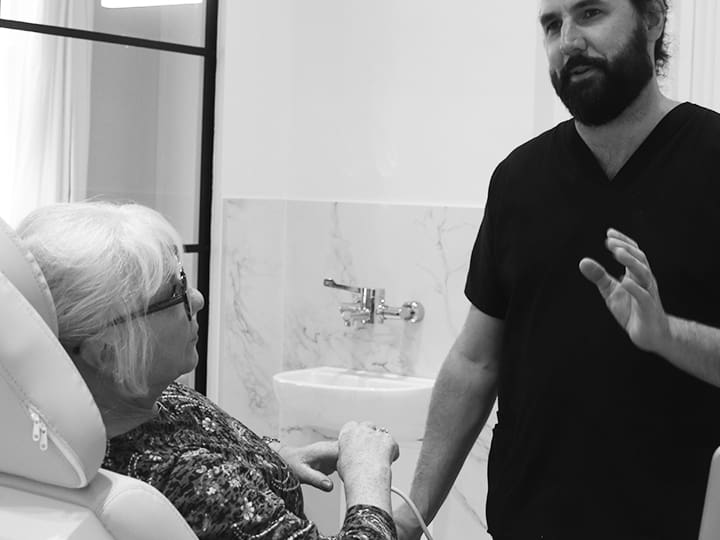
If you’ve ever noticed bulging, twisted veins on your legs – or felt aching or heaviness after standing for long periods – you might be wondering if you have varicose veins. This common condition affects up to 20% of people, yet many suffer in silence due to a lack of information or access to expert advice.
At McKeown Medical, we believe that understanding your body is the first step to taking care of it. In this article, we’re answering some of the most frequently asked questions about varicose veins, including how they develop, whether they’re dangerous, and the treatment options available.
Varicose veins are enlarged, swollen veins that typically appear on the legs and feet. They happen when the valves inside the veins stop working properly, causing blood to pool and the veins to bulge outward. This is due to increased pressure in the veins over time.
Anyone can develop varicose veins, but they’re more common in women, people over 50, those who are overweight, or individuals who stand for long periods – people like hairdressers or nurses who are on their feet all day at work.
Varicose veins are usually raised, twisted, and dark blue or purple in colour. They may be accompanied by symptoms like aching, heaviness, or swelling in the legs. Thread veins (also called spider veins), on the other hand, are much smaller, finer veins that appear just beneath the surface of the skin, often in a red, blue, or purple web-like pattern. Very often, both conditions co-exist, and sometimes you need a combination of treatments to get the best results.
If you’re unsure which type you have, a professional consultation can help clarify and guide you toward the most suitable treatment.
The main differences lie in their size, depth, and associated symptoms.
For some people, varicose veins can be painless. But for others, they can cause aching, throbbing, burning, or a heavy feeling in the legs, especially after standing for long periods. You might also notice cramping or itching around the vein area. If you’re experiencing discomfort, it’s worth discussing it with a medical professional.
Yes, heredity plays a strong role. If one or both of your parents had varicose veins, your chances of developing them are significantly higher. Other risk factors include pregnancy, hormonal changes, and prolonged standing or sitting.
While they’re often dismissed as a cosmetic issue, varicose veins can lead to serious complications if left untreated. These include:
It’s always better to address them early before complications develop.
Yes—although it’s not common, untreated varicose veins can occasionally rupture due to the pressure buildup. This can lead to sudden bleeding under the skin or even through the skin, especially if the vein is close to the surface.
Unfortunately, no. Varicose veins won’t disappear without intervention. While lifestyle changes like elevating your legs, wearing compression stockings, or maintaining a healthy weight can help ease symptoms, they won’t eliminate the diseased veins themselves. If left untreated, the condition usually worsens over time.
Varicose veins can usually be effectively treated using minimally invasive treatments. At McKeown Medical, we offer a wide range of options, including:
A consultation with our expert vascular surgeon will help determine which option best suits your condition and lifestyle.
Varicose veins are more than just a cosmetic issue—they can impact your comfort, confidence, and long-term health. At McKeown Medical, our expert team is here to guide you through your options and provide the care you deserve.
If you’re struggling with varicose veins, we’re here to help. Book a consultation today to explore the right treatment for you.
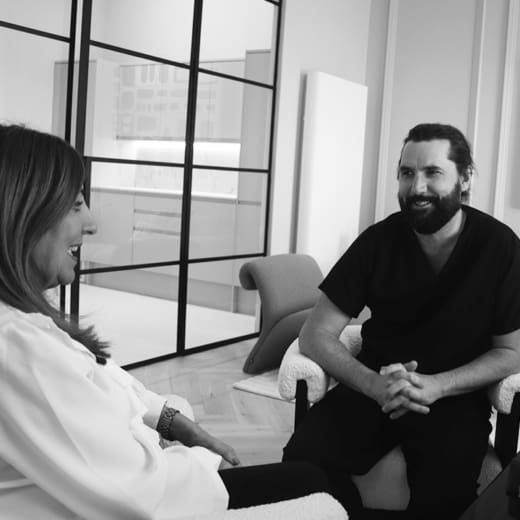
Dr Alex Vesey discusses whether varicose veins can cause high blood pressure.
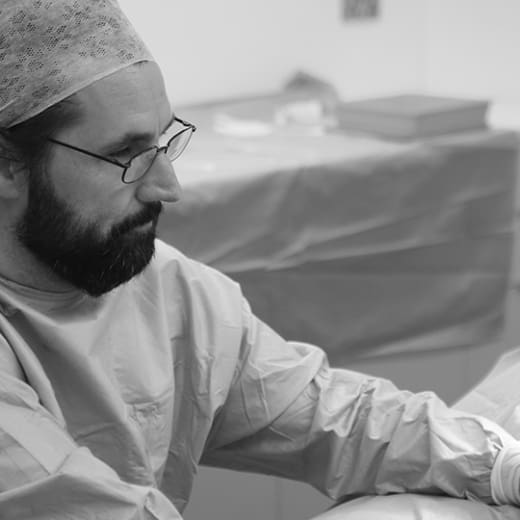
Dr Alex Vesey discusses whether varicose veins can come back after treatment.
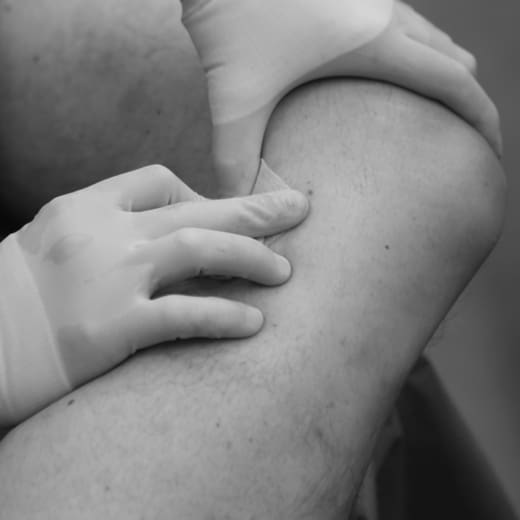
Dr Alex Vesey discusses whether varicose veins are dangerous.
1 / 3
2 / 3
3 / 3

Dr Alex Vesey discusses whether varicose veins can cause high blood pressure.

Dr Alex Vesey discusses whether varicose veins can come back after treatment.

Dr Alex Vesey discusses whether varicose veins are dangerous.
Thank you to Dr Alex and all of the team! From my ultrasound scan to my treatment, I felt completely looked after and at ease all the way through. The procedure was easy and I was able to walk home! Thanks to everyone.
Gary - A McKeown Medical patientOctober 2024
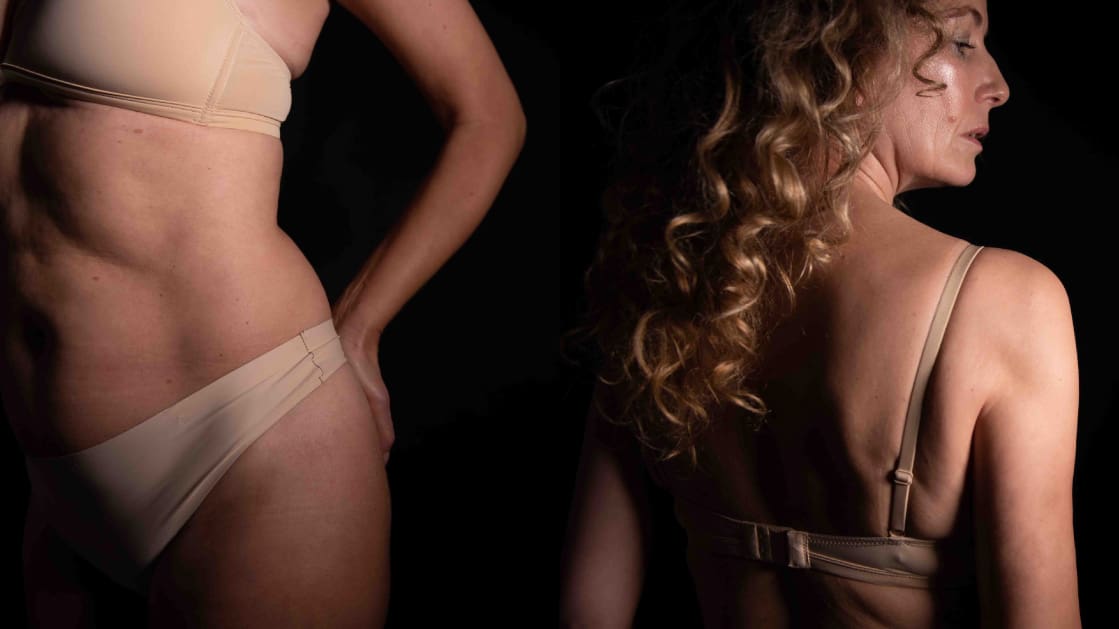
About last night… It was time once again for our annual Christmas celebration with this absolute bunch of legends. We were a little earlier than usual this year so we could have has many people available as possible, and the evening did not disappoint.
A few sore heads this morning, but absolutely worth it to celebrate the hard work this team dedicate to our patients day in, day out all year round. I am very proud to have the undisputed best team on the planet. Merry Christmas everyone! 🎄

Fine lines etched into the skin around the mouth - this is a common problem and in this patient`s case she had what we call ‘actinic elastosis’, whereby abnormal bands of elastin build up in the skin as a result of years of previous sun exposure.
When patients have this condition, the gold standard way of dealing with it is fully ablative laser resurfacing. It’s an intense treatment with two weeks of downtime afterwards, but the results are spectacular - just like in this lovely patient.
The after photo is three weeks after the treatment and you can see that the skin is still a little pink, which will continue to fade over the next few months.
The patient is already delighted with the result - what do you think?

It’s beginning to look a lot like Christmas!
At least according to Michael Buble, who’s been on repeat in the clinic this week. The decorations are up and we are officially in ‘our season’. The clinic has been packed with everyone having their skin polished in time to make it on the nice list. If you’ve still to make a pre-Christmas appointment, we’ve still got some spaces left for your festive glow up.
Ho ho ho everyone… It’s time for Santa!!!! 🎅🏻

Ok, so this is the one we’ve all been waiting for. Sofwave : the results, in our hands!!!
This is the first patient we treated with @sofwave.uk when we were assessing the machine and deciding whether or not to buy it. These are the patient`s own photos that she kept throughout the healing journey.
Now do you see why we are so excited?! 🤩
#sofwave
#sofwavemed
#SUPERB
#sofwavemedical
#sofwavejourney
#sofwaveexperience

We are now well up and running with @sofwave.uk , much to the excitement of the whole team in the clinic (we are all queuing up to get a shot!)
This is a little video of the treatment being performed, so you can see what the process is like and there is even a little early preview of the results at the end.
One of the best parts is that there is no downtime, so we can still fit it in before Christmas without worrying about redness in the party season!
What do you think?
#sofwave
#sofwavemed
#SUPERB
#sofwavemedical
#sofwavejourney
#sofwaveexperience

We`re absolutely delighted to introduce you to our lovely new doctor, Dr Sharon.
With over 30 years’ experience as a medical doctor and a decade specialising in aesthetic medicine, Dr Sharon brings exceptional skill, warmth and a deeply patient-centred approach to every treatment.
She joins us with extensive expertise in injectables, including advanced toxin and filler techniques, and will also be leading our regenerative aesthetics offering with Ameela polynucleotides and Ameela Exosomes - two of the most exciting developments in skin rejuvenation. She will also be offering Profhilo and Profhilo Structura!

We have a super exciting new addition to the clinic this week, with the launch of @sofwavemed.
Sofwave is an incredible skin tightening technology that has been around for five years now. I am never first to the queue with new devices because so many don’t deliver and disappear within a couple of years of launch. Sofwave however has continued to grow in popularity over the years and earlier this year I decided I had to find out what all the fuss was about.
I asked the reps to bring it round for us to play with and we treated a few of our patients to see what the results were like and, three months later not only was I signing the purchase order I was asking how quickly I could get one of the reps round to treat me 😊
Sofwave works using ultrasound waves to create a thermal injury to the deeper layers of the skin, initiating a healing response which over a period of several months results in a skin tightening effect.
I have trialled a number of ultrasound devices in the past and have never bought any of them because I was always disappointed in the results. There are a couple of things that I think makes Sofwave different.
First, it only goes to 1.5mm which means all of the energy is being delivered to the skin. Most other devices go down to 3 or 4mm, by which point you are past the skin and into the fat which can, if anything, have a worsening effect on volume loss. The second difference that I think is important is that it treats a bigger proportion of the surface area of the skin.
We have a new page on our website where you can read all about Sofwave and how it works, but for now, enjoy some of these before and afters that the manufacture supplied.
Let me know what you think!

Lower eyelid surgery is one of the more challenging operations in aesthetic practice. If we can avoid it, we normally try to help our patients chose non-surgical paths using laser or fillers.
However, there are some situations where it can’t be avoided, especially when there is excess fat under the eye causing puffiness. This is exactly what this patient had and so the very talented @bramhallplasticsurgery performed an upper and lower blepharoplasty for him. Whilst we often do the upper eyelids without doing the lower eyelids, usually when we do the lower eyelids we always need to do the uppers too.
This patient is now a couple of months out from surgery and loving his result. What do you think?

Laser season continues!
Thank you to this lovely patient who has kindly allowed us to share her results. She was particularly concerned about the fine lines and creases around her mouth, and underwent full-field laser resurfacing to target the deeper layers of the skin.
This is just two months after treatment and you can already see a significant improvement in the fine lines and overall skin texture. She’s still a little red and got some more healing to do, but she is already very happy with the improvement. This patient was a bit anxious about having the treatment done, so chose to have it under sedation which means she slept throughout and woke up when it was over!
What do you think?
